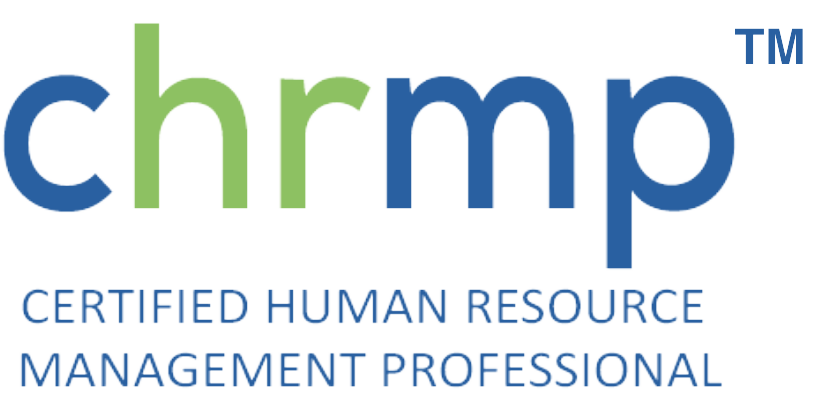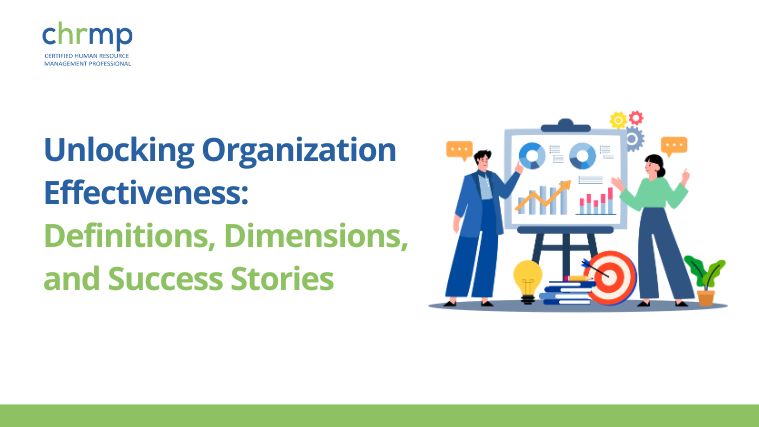Job analysis is an essential process in human resource management (HRM) that helps in creating a detailed understanding of various job roles within an organization. It’s the bedrock for numerous HR activities, including recruitment, training, and performance management. This blog post delves into the primary methods of job analysis in HRM, offering HR professionals insights into applying these methods effectively at the workplace.
Methods of Job Analysis in HRM:
1. Interview Method:
- Description: Involves conducting structured, semi-structured, or unstructured interviews with job incumbents and supervisors.
- Application: Best suited for gathering qualitative data on roles that involve complex decision-making or creative tasks. For instance, when a company seeks to refine the role of a project manager, interviews can uncover nuanced insights into daily responsibilities, decision-making processes, and key interactions that are not easily observable.
2. Questionnaire Method:
- Description: Utilizes standardized questionnaires to collect information about the job from incumbents and supervisors.
- Application: Effective for analyzing a large number of positions simultaneously. A retail chain might deploy questionnaires to rapidly gather data across hundreds of store roles, identifying common tasks and requirements that inform staffing and training needs.
3. Observation Method:
- Description: Entails directly observing employees as they perform their job tasks.
- Application: Ideal for jobs with tangible and observable tasks, such as manufacturing or hospitality roles. A manufacturer could use observation to document the step-by-step processes involved in assembly line work, ensuring accurate job descriptions and identifying potential areas for efficiency improvements.
4. Task Analysis:
- Description: Breaks down a job into its component tasks and assesses each task’s requirements and importance.
- Application: Crucial for roles where precise skill requirements must be understood and documented. In healthcare, task analysis can detail the specific competencies needed for nursing positions, guiding recruitment and training programs to address critical skill gaps.
5. Critical Incident Technique:
- Description: Focuses on identifying and examining specific incidents that exemplify success or failure in job performance.
- Application: Useful in roles where performance significantly impacts organizational outcomes, like sales or customer service. By analyzing incidents of exceptional service or sales failures, a company can pinpoint the behaviors and skills that contribute to job success.
Position Analysis Questionnaire (PAQ)
- Description: A standardized tool measuring job characteristics to match them with human attributes, covering aspects like mental activities, work output, and interaction with others through 194 items.
- Application: Ideal for large or multinational organizations for analyzing and comparing a broad spectrum of roles, aiding inequitable compensation, and identifying cross-training opportunities.
- Functional Job Analysis (FJA)
- Description: Analyzes jobs by categorizing tasks based on responsibility, data complexity, interaction level, and reasoning, offering a structured approach to understanding job requirements.
- Application: Best suited for public sector and structured organizational roles, FJA assists in defining job classifications and developing targeted training and compensation strategies.
Industry Insights on Methods of Job Analysis in HRM:
The application of various job analysis methods across different sectors illustrates their versatility and impact on organizational effectiveness. Here’s how some methods are practically applied in real-time industry settings:
- Interview Method:
- Tech Industry: Tech companies often utilize interviews to understand the nuanced roles of software developers and project managers. Insights into problem-solving approaches and team dynamics help tailor job roles to fit the fast-paced tech environment.
- Questionnaire Method:
- Retail Sector: Large retail chains use standardized questionnaires to analyze roles across multiple store locations. This approach aids in identifying commonalities in job tasks, informing uniform training programs and staffing strategies.
- Observation Method:
- Manufacturing Industry: Manufacturers apply the observation method to refine assembly line roles. Observing workers in action allows for the identification of process inefficiencies and critical safety improvements, enhancing productivity and workplace safety.
- Task Analysis:
- Healthcare: Hospitals and clinics perform task analysis on nursing roles to ensure that training programs address specific skills and competencies critical for patient care, contributing to higher quality of care and patient safety.
- Critical Incident Technique:
- Hospitality Industry: Hotels and restaurants use the critical incident technique to capture instances of exceptional service or customer complaints. Analyzing these incidents helps in pinpointing behaviors that drive customer satisfaction, guiding service training programs.
- Position Analysis Questionnaire (PAQ):
- Multinational Corporations: Corporations with diverse job roles across different countries use the PAQ to maintain a standardized approach to job analysis. This facilitates equitable compensation strategies and reveals opportunities for strategic job rotations and cross-training initiatives.
- Functional Job Analysis (FJA):
- Government Agencies: Public sector organizations employ FJA to systematically categorize positions based on complexity and responsibility. This method supports the development of clear career paths and equitable pay scales, aligning with government standards and regulations.
Implementing Job Analysis in Your Workplace
Implementing these job analysis methods requires a clear understanding of the organizational goals for the analysis, the selection of the most appropriate method(s), and a structured approach to collecting, analyzing, and applying the data obtained. Regularly updating the job analysis information is crucial as roles evolve with changing organizational needs and external factors.
By leveraging these job analysis methods, HR professionals can ensure they develop a deep and actionable understanding of every role within their organization, driving strategic HR practices that align with broader business objectives.






